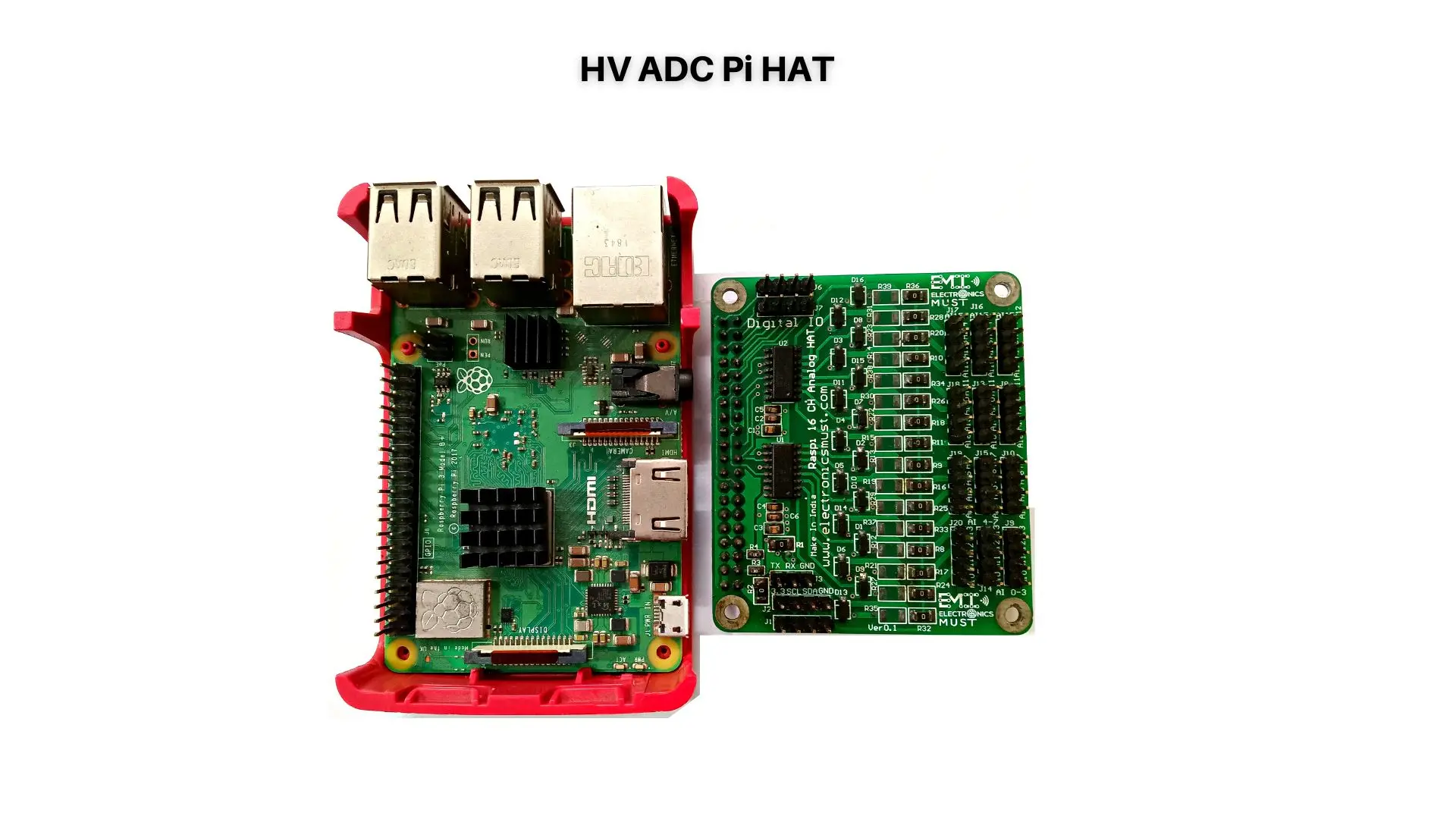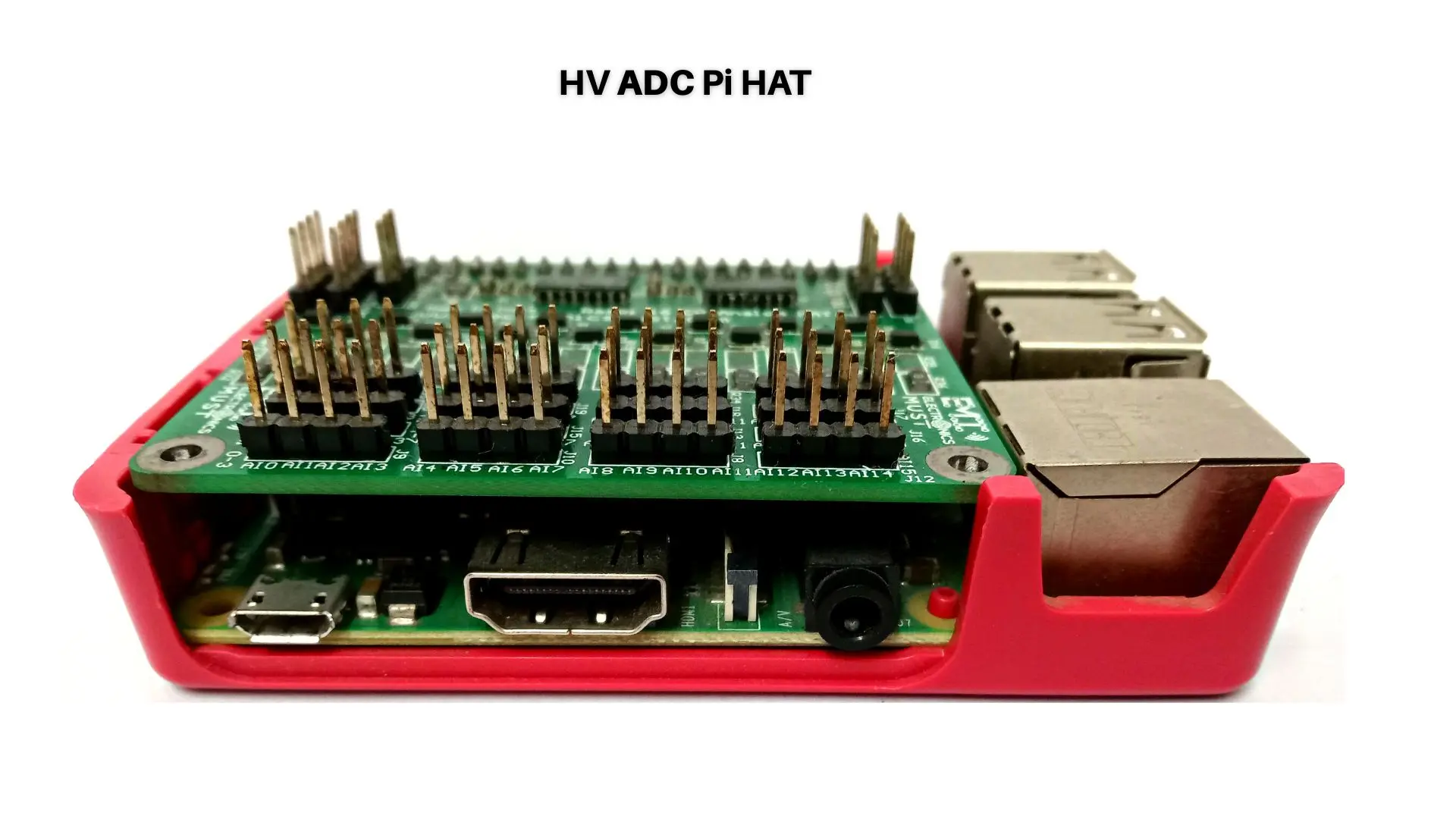Design for manufacturability (DFM) is a critical consideration in printed circuit board (PCB) layout. It refers to the process of designing PCBs that can be easily and efficiently manufactured. By implementing DFM principles in your PCB design, you can improve the quality of your product, reduce manufacturing costs, and shorten your time-to-market.
Here are some tips for success when it comes to DFM in PCB layout:
- Use standard components: Standard components are widely available and familiar to manufacturers, which can help reduce manufacturing costs and lead times. Avoid using custom components whenever possible.
- Minimize the number of layers: The more layers a PCB has, the more complex and expensive it becomes to manufacture. Try to keep the number of layers to a minimum.
- Keep traces and vias short: Shorter traces and vias help reduce manufacturing costs and improve signal integrity. Avoid unnecessarily long traces and vias.
- Maintain a consistent trace width: Consistent trace widths can help improve signal integrity and prevent manufacturing issues. Avoid abrupt changes in trace width.
- Use a DFM tool: DFM tools can help you identify potential manufacturing issues early in the design process, allowing you to make adjustments before sending the design to manufacturing.
By implementing these tips, you can improve the manufacturability of your PCB design, which can ultimately lead to a better product and a more efficient manufacturing process.






